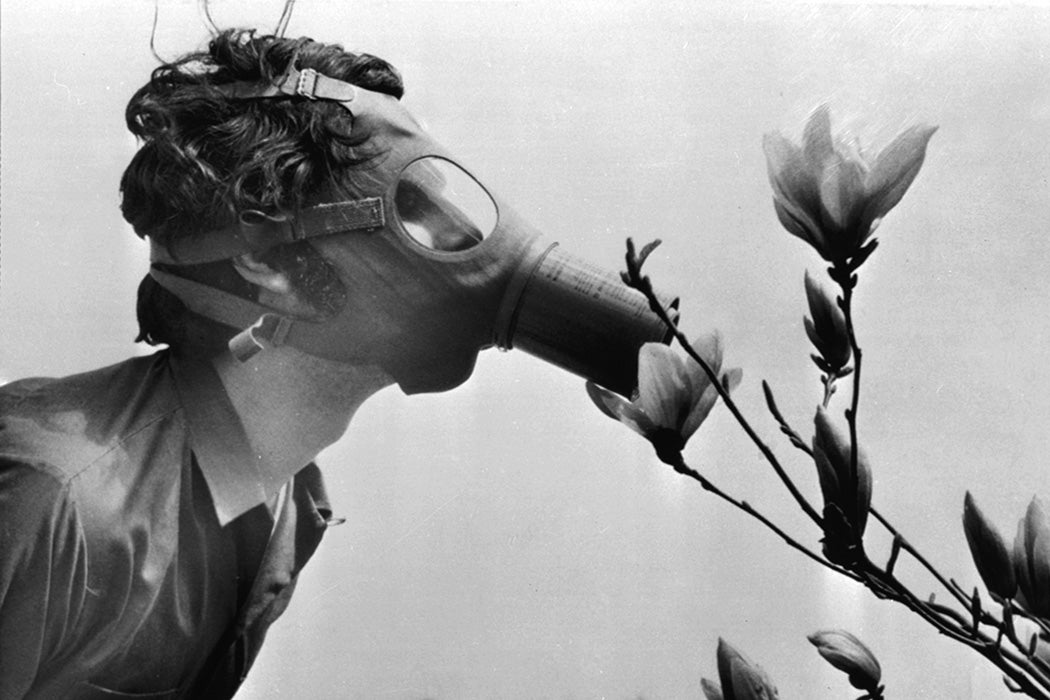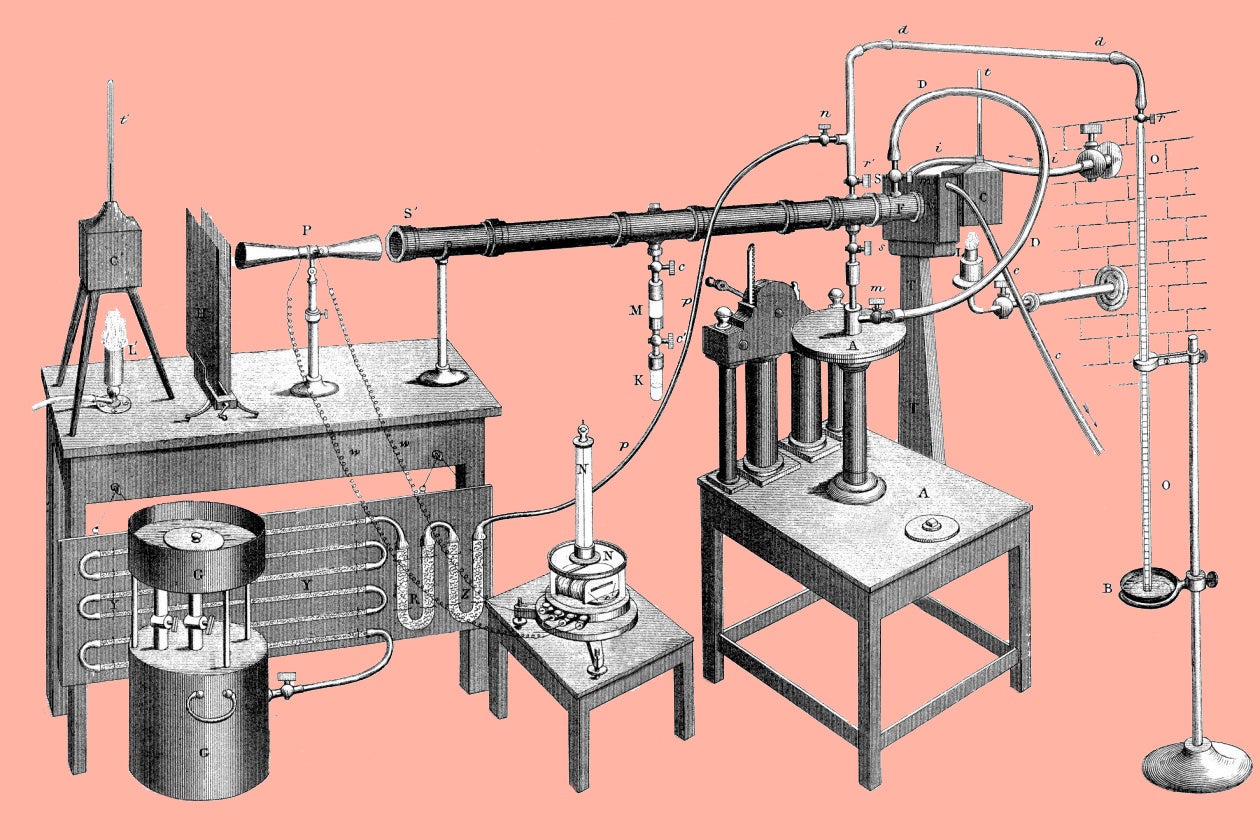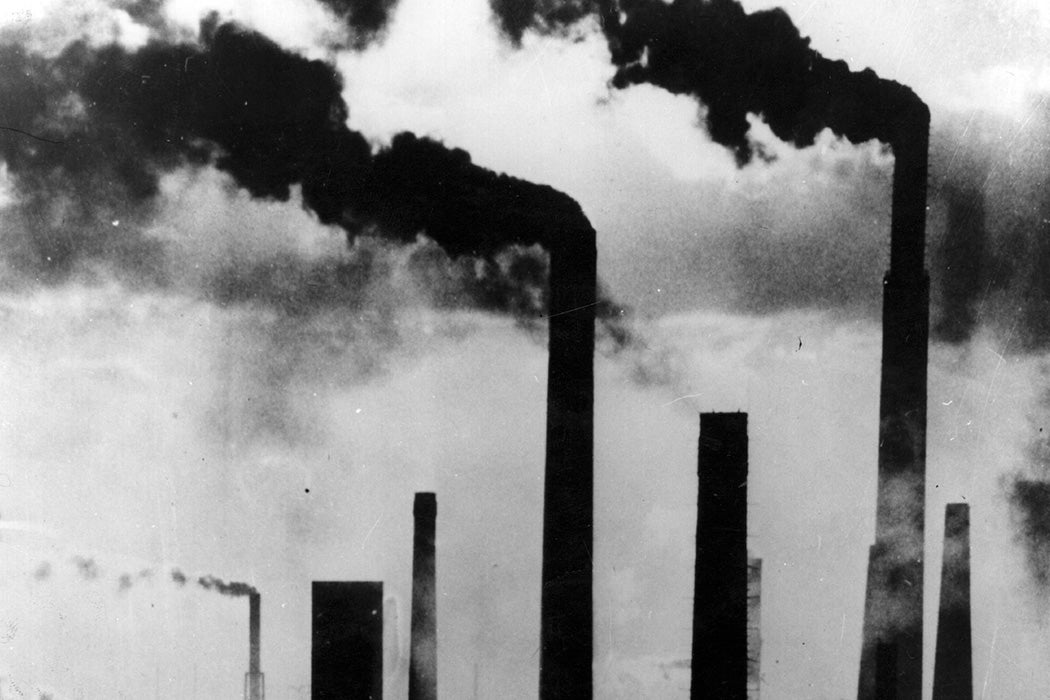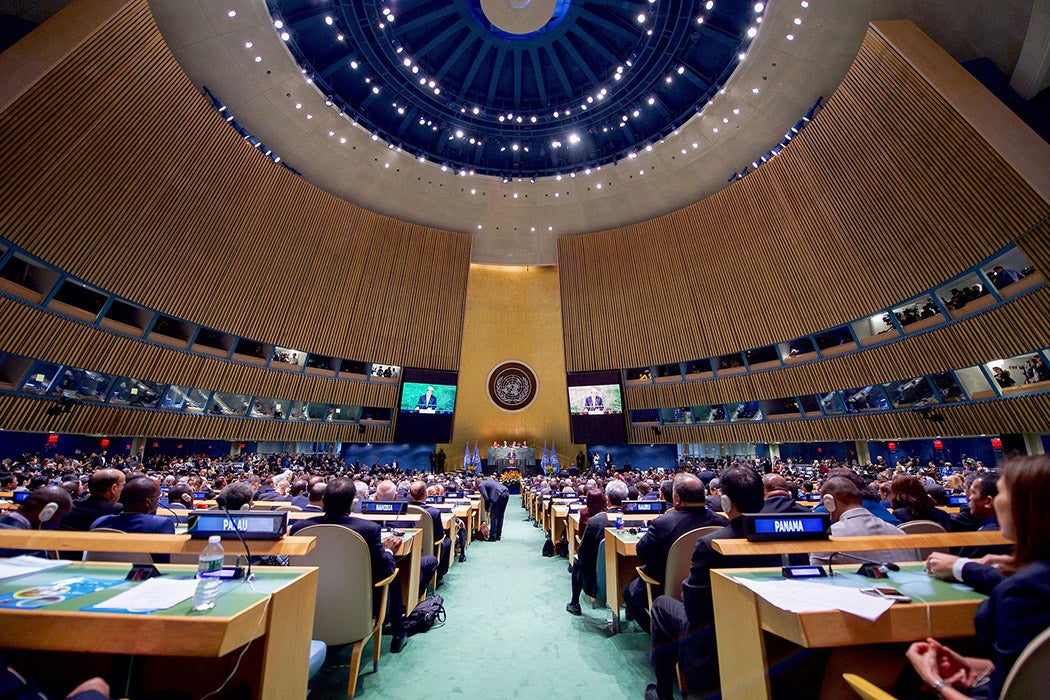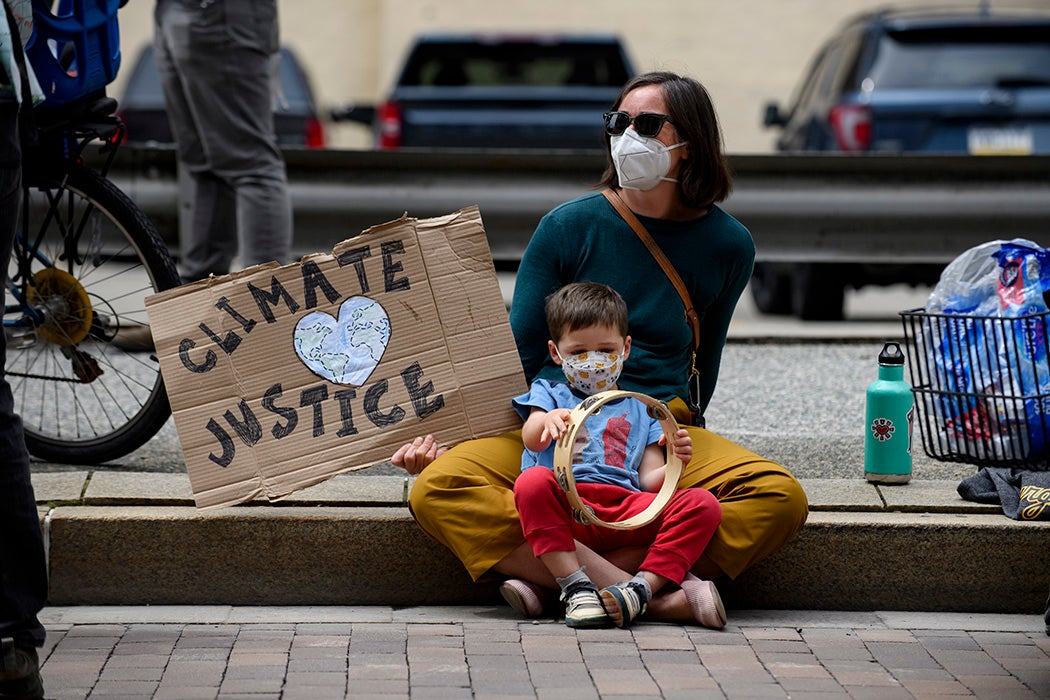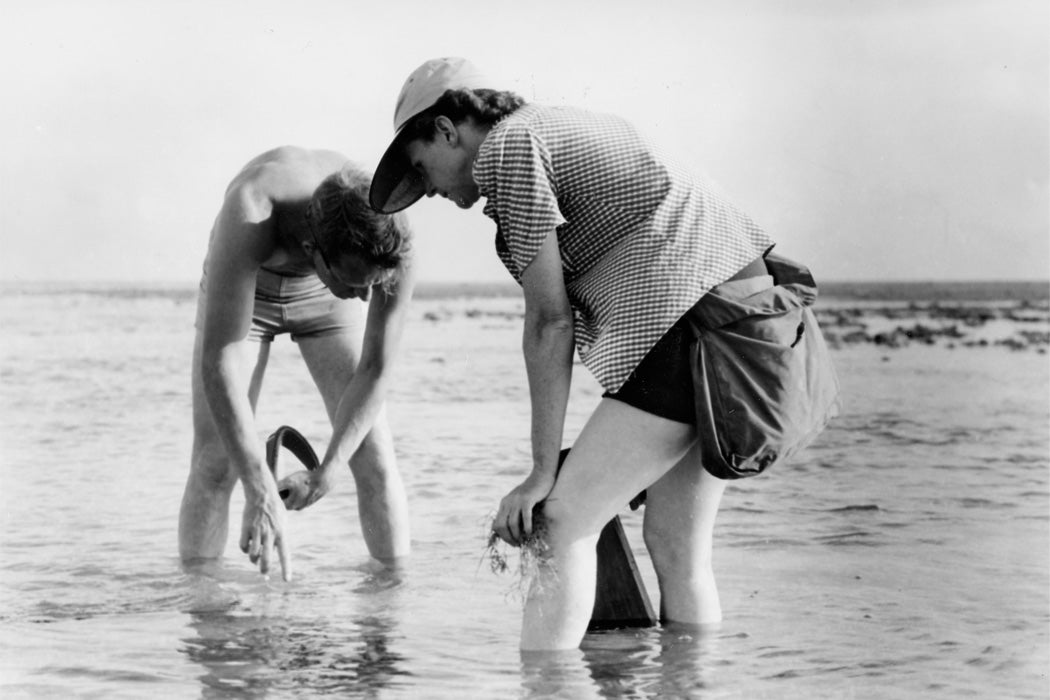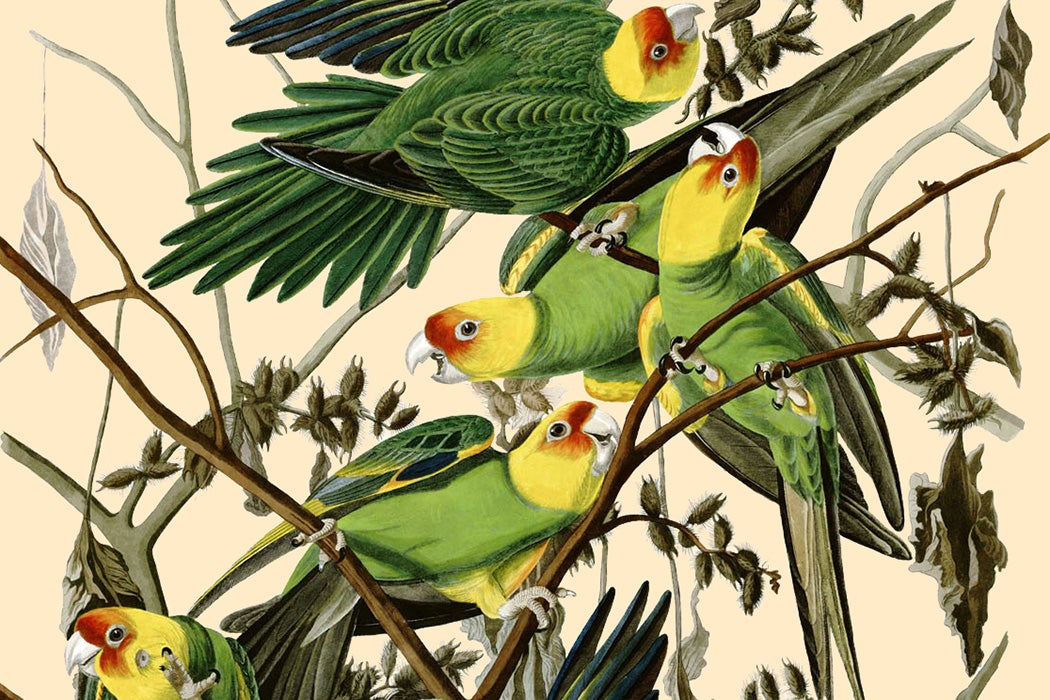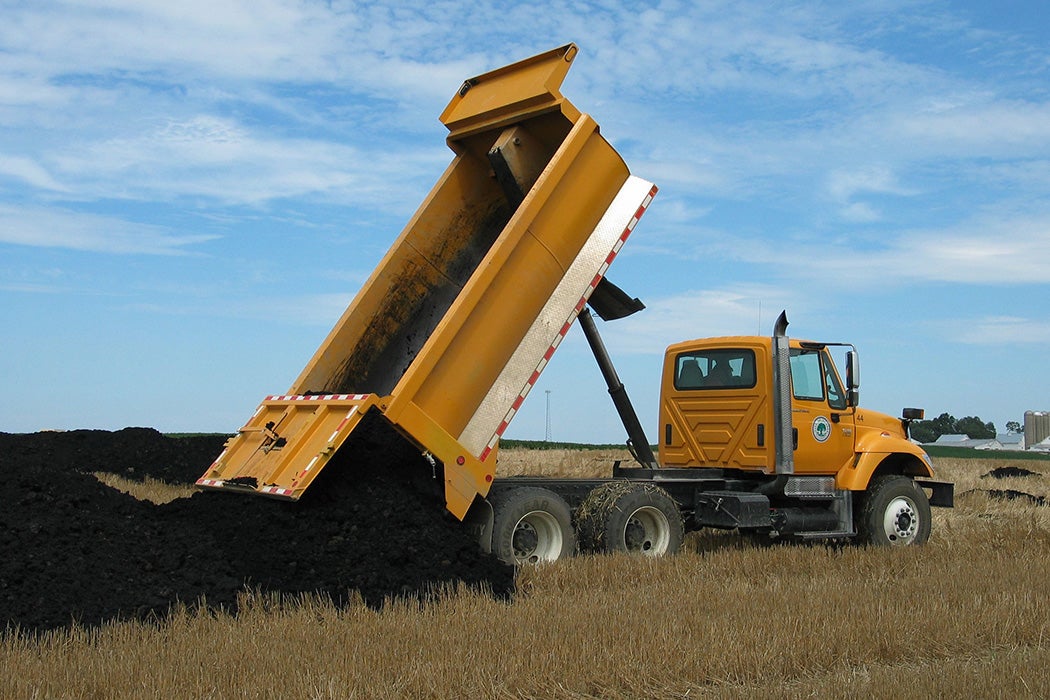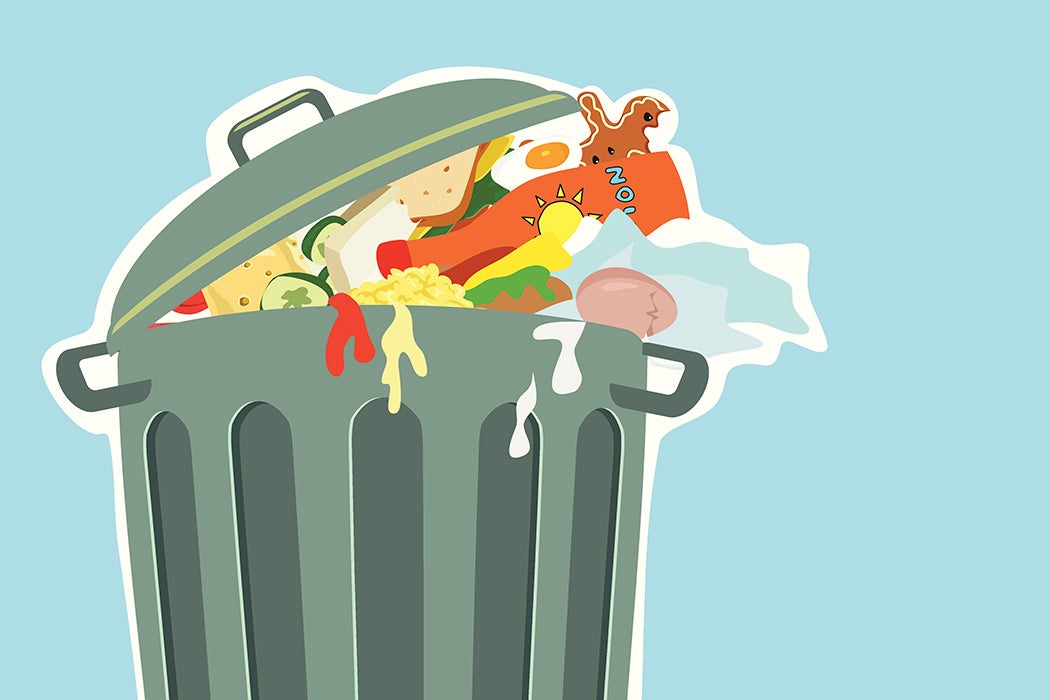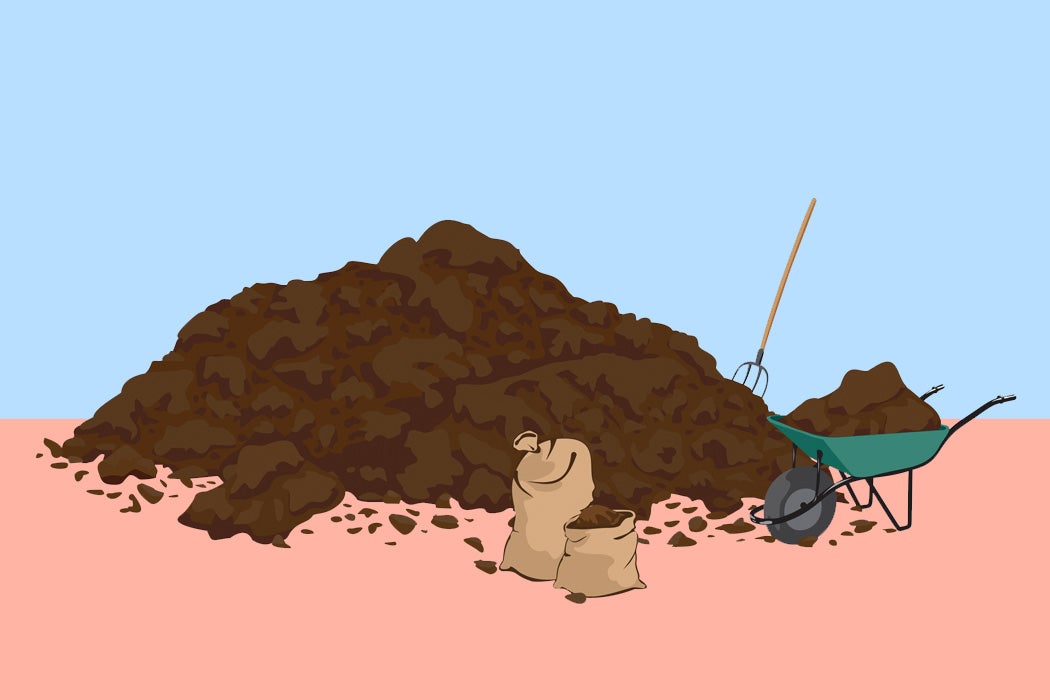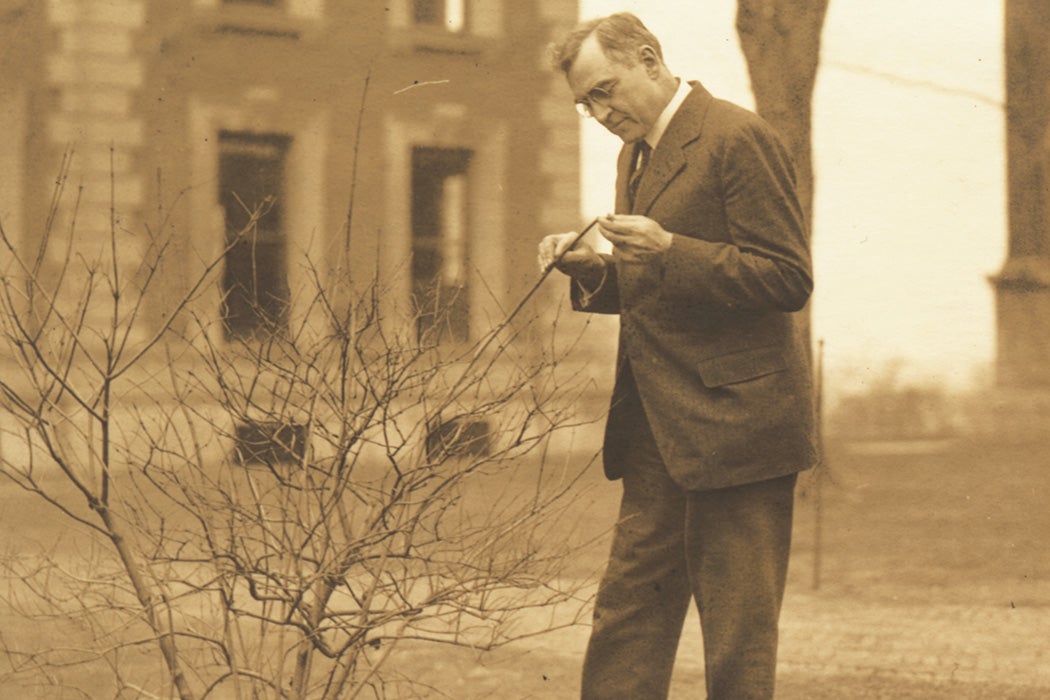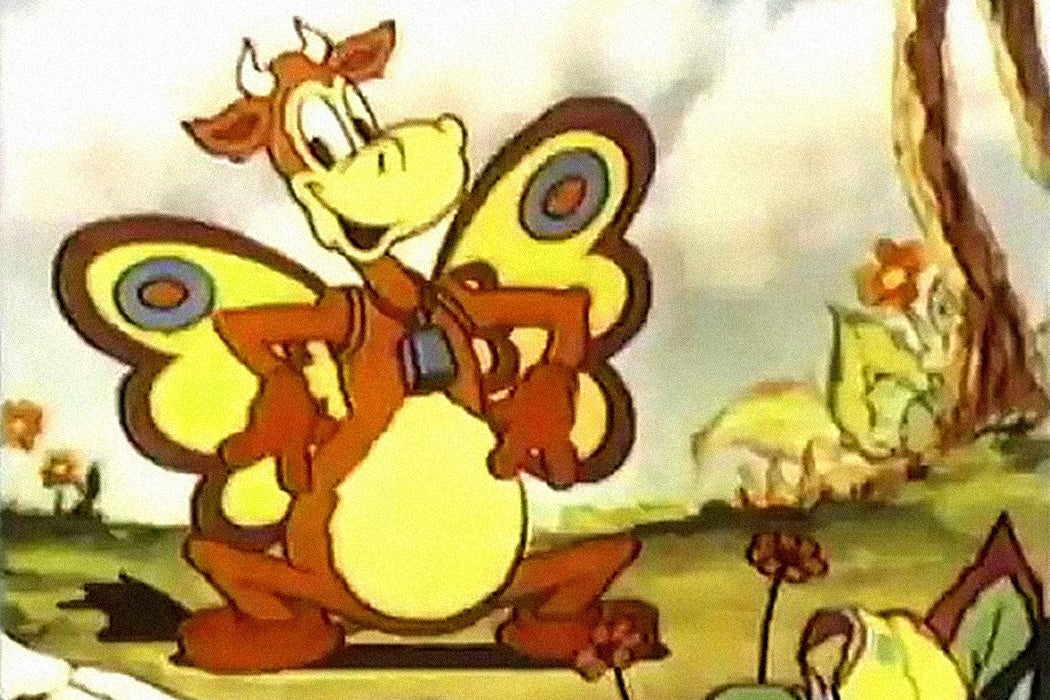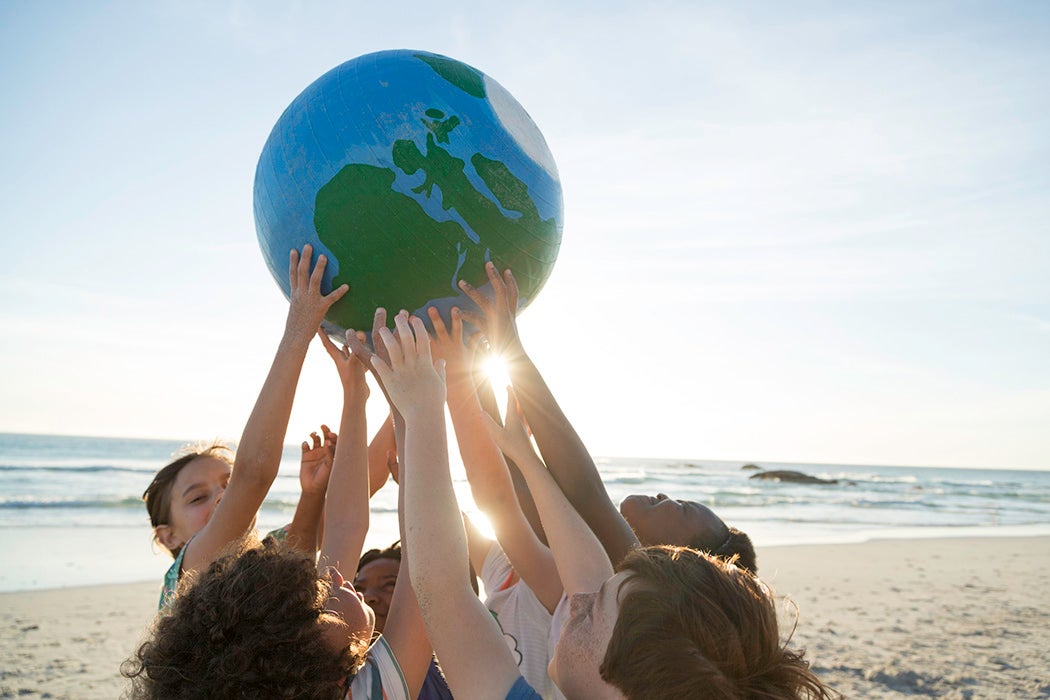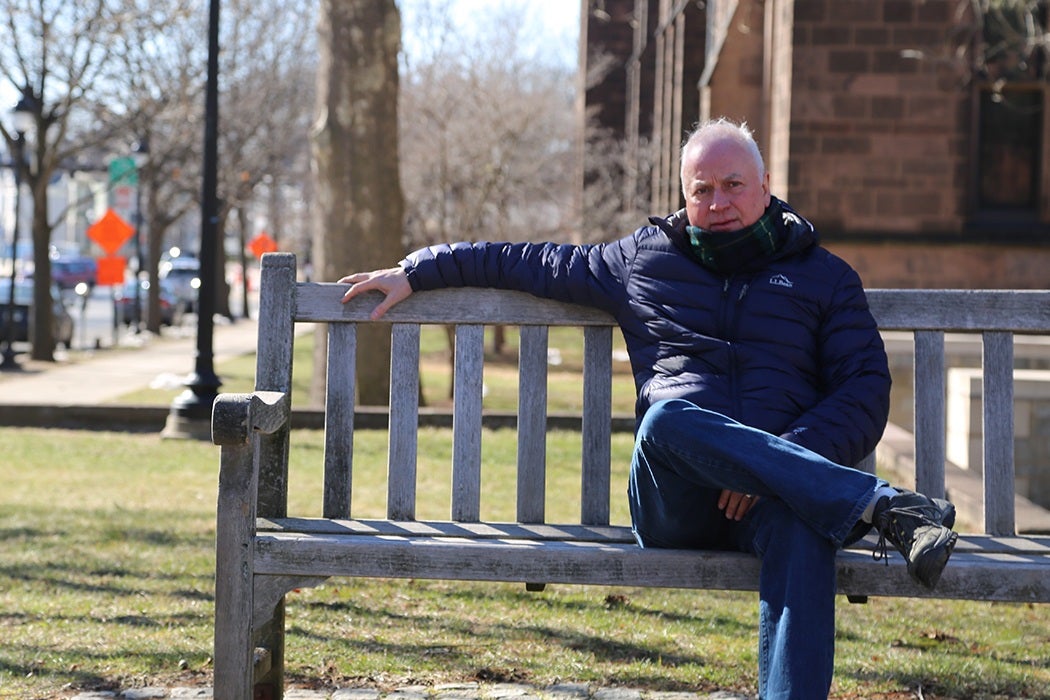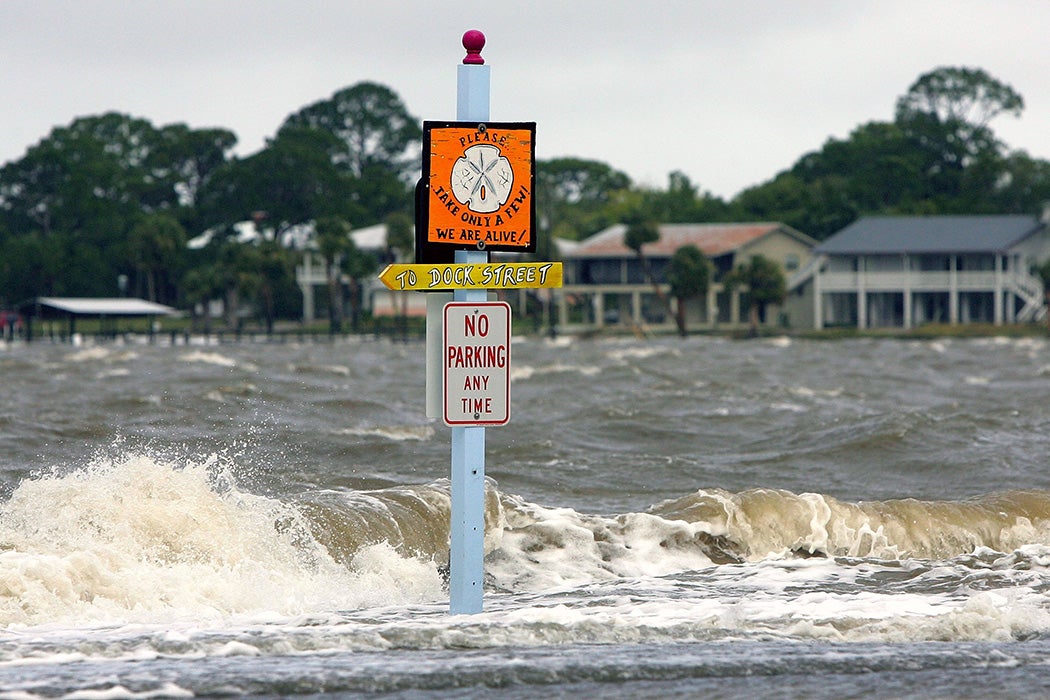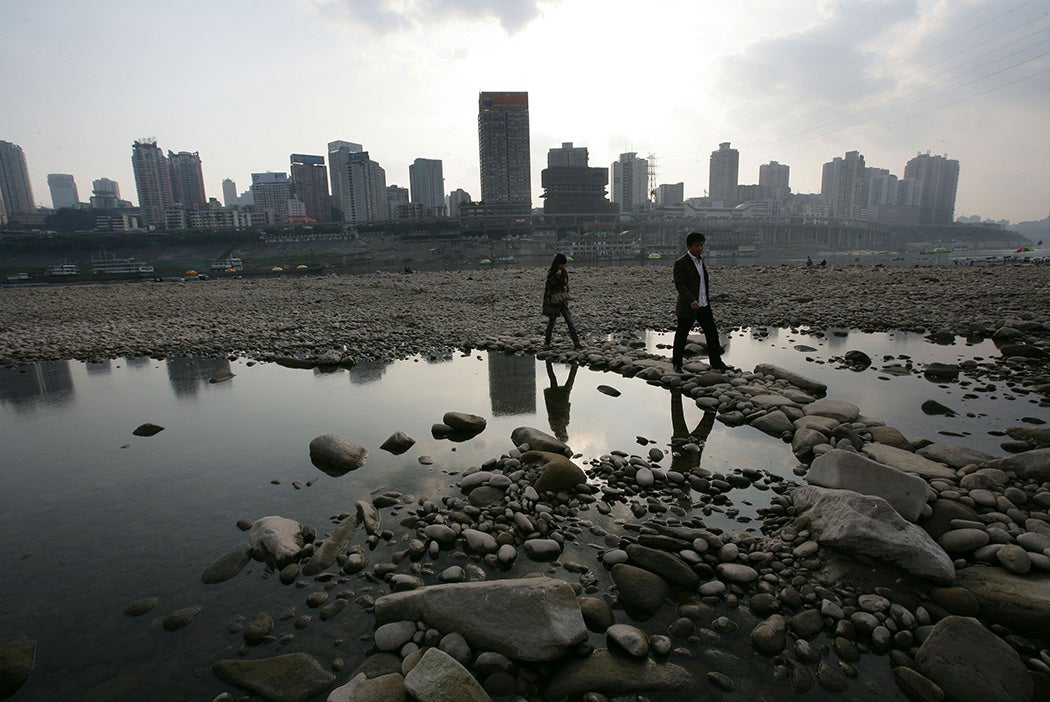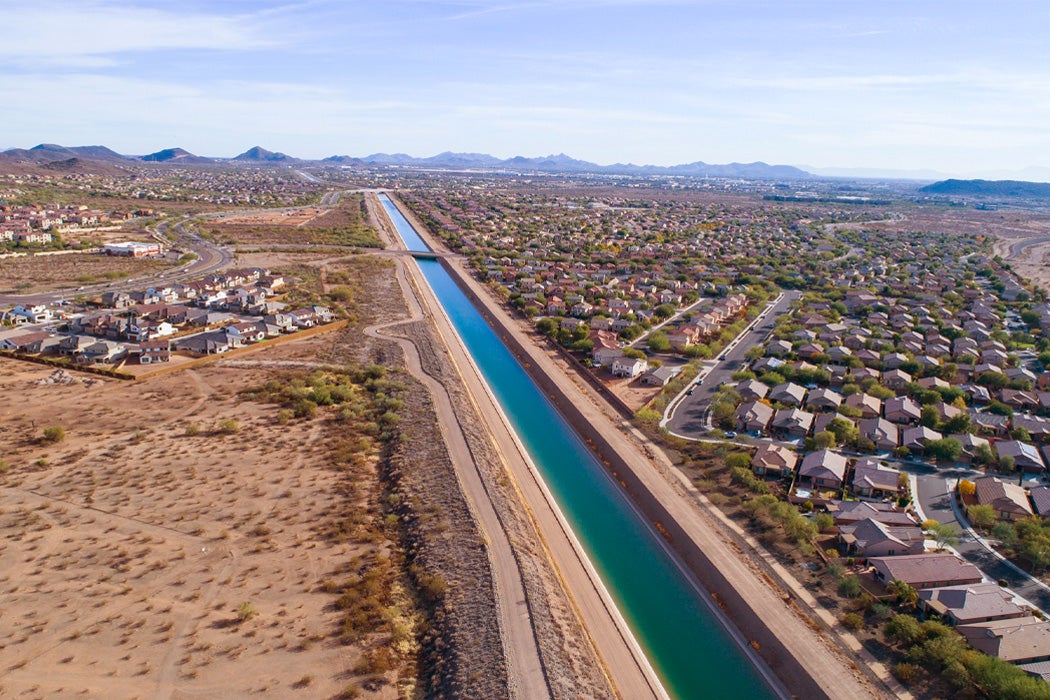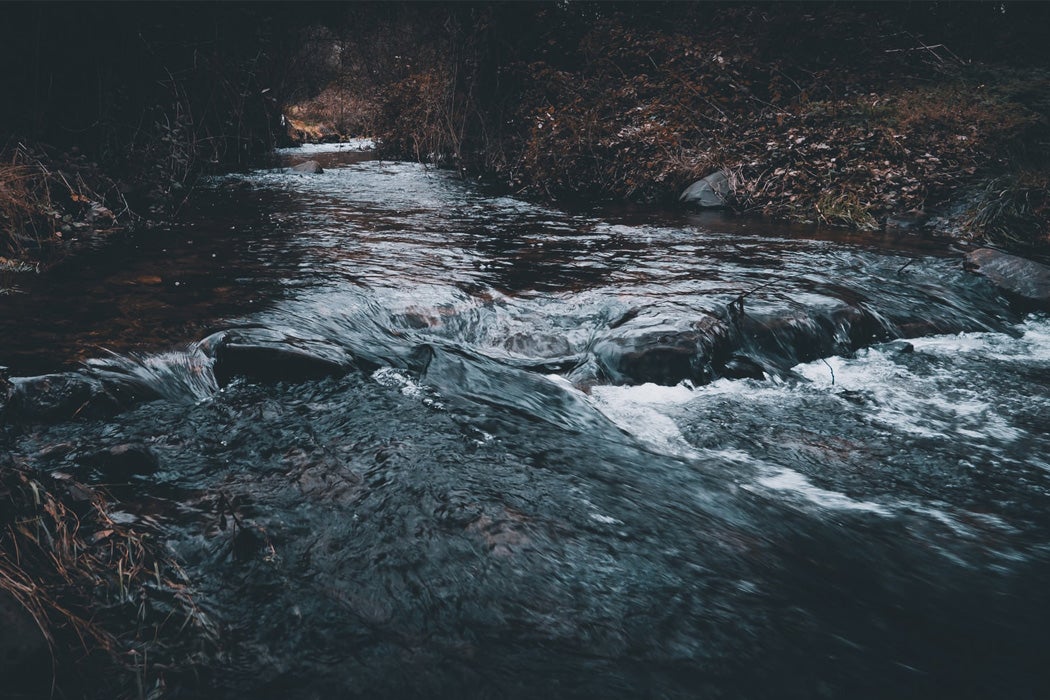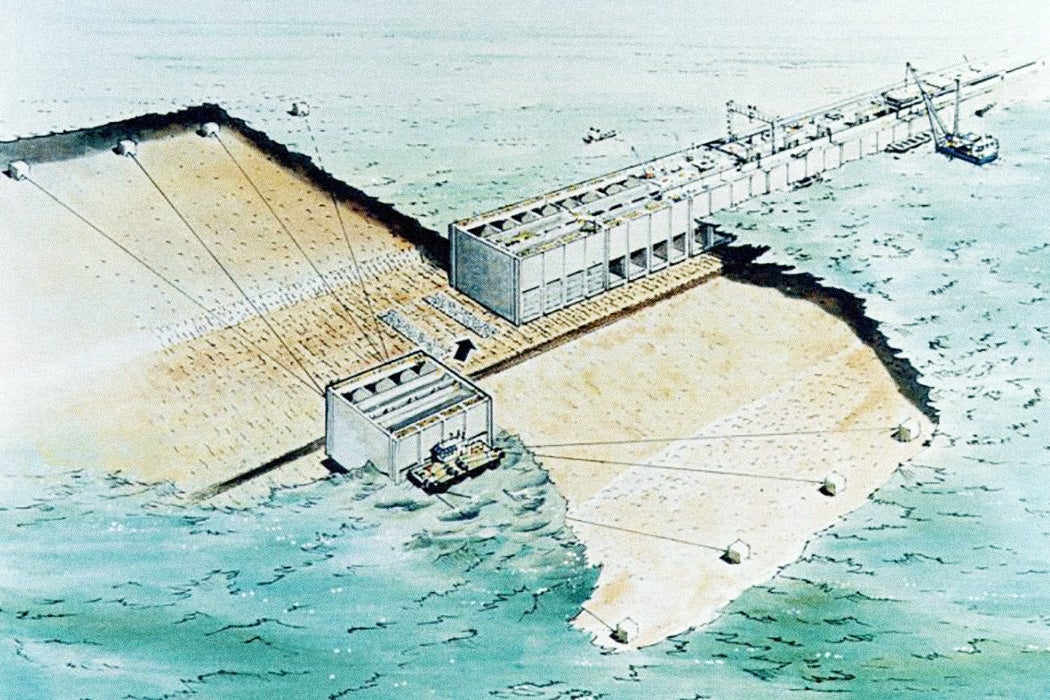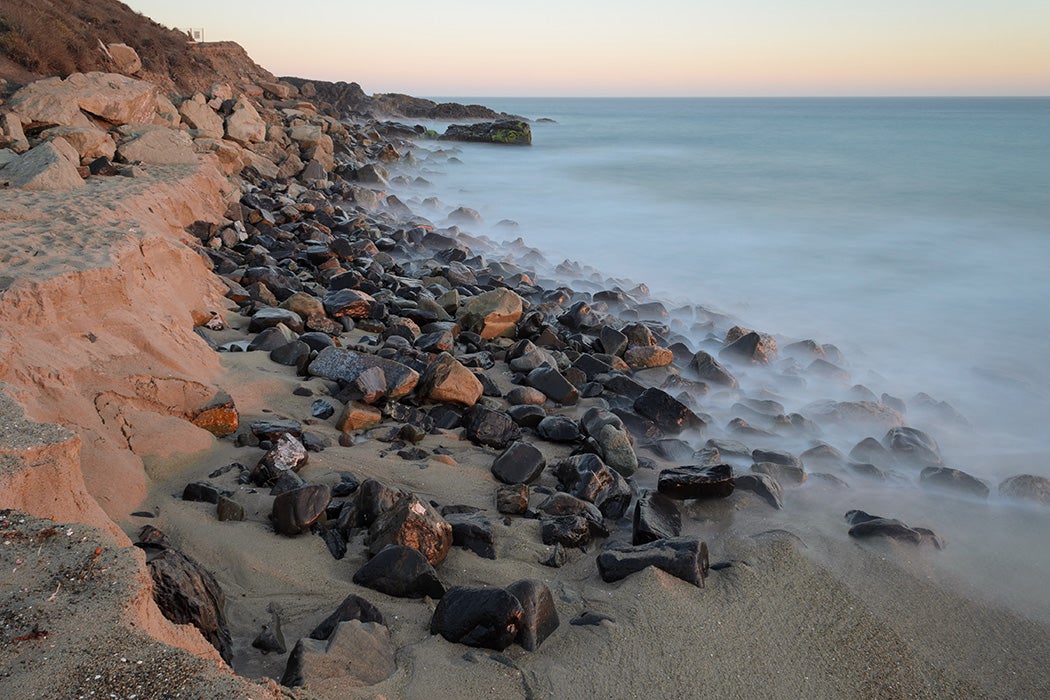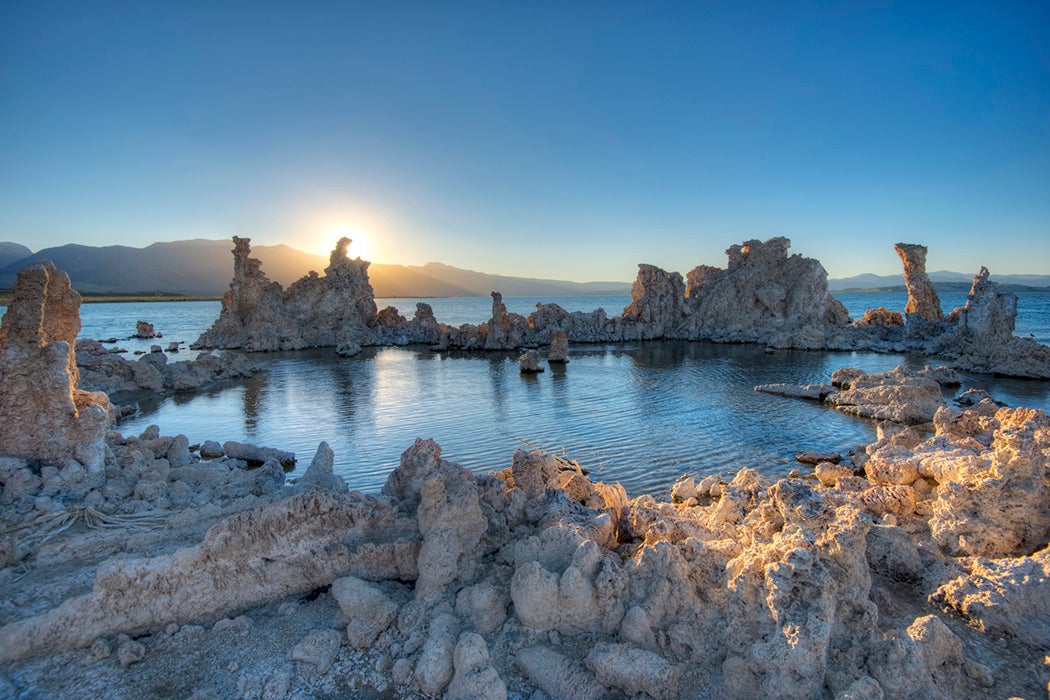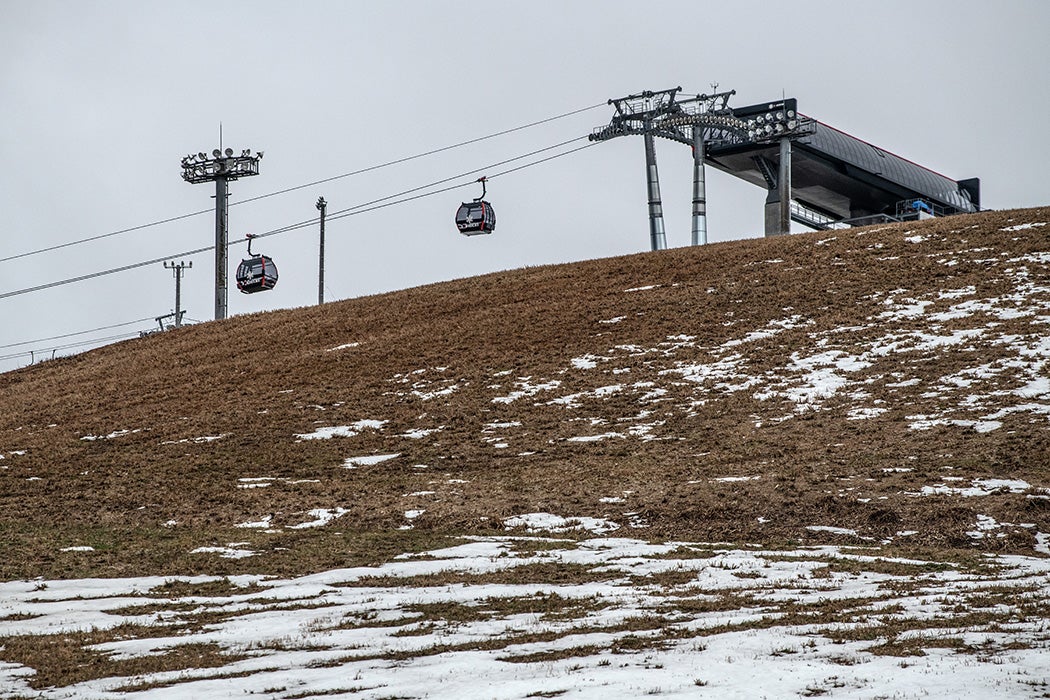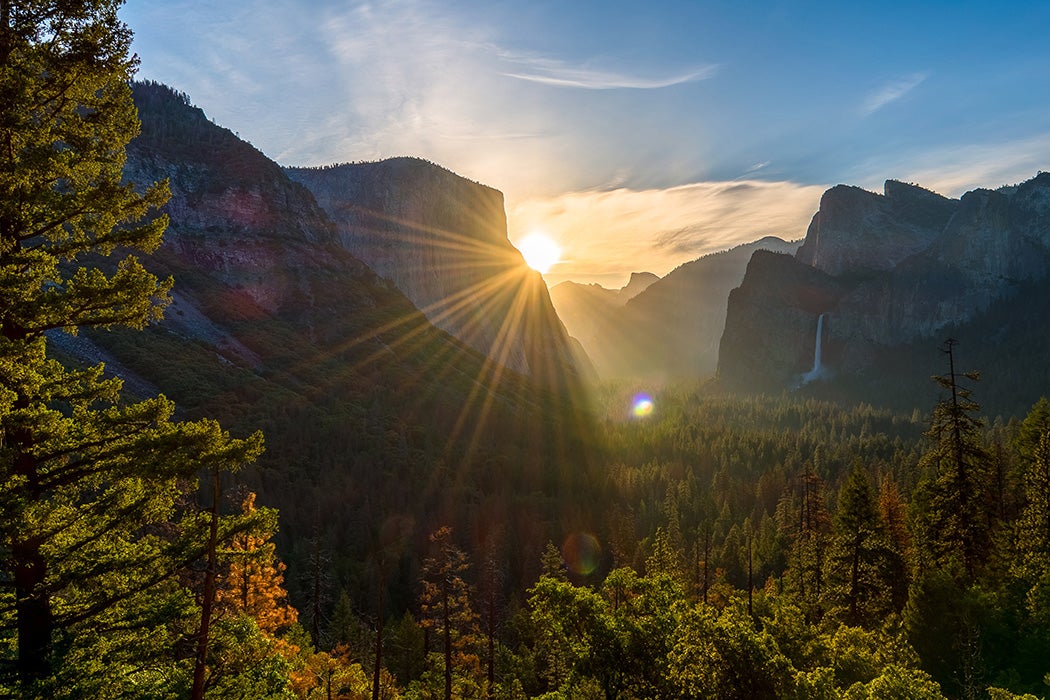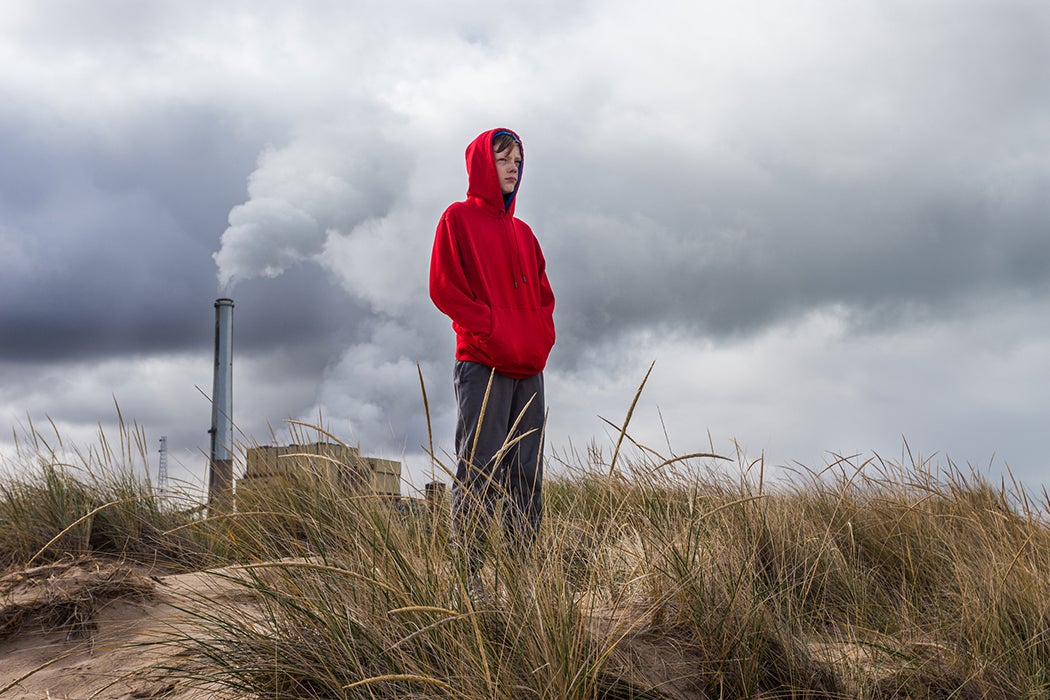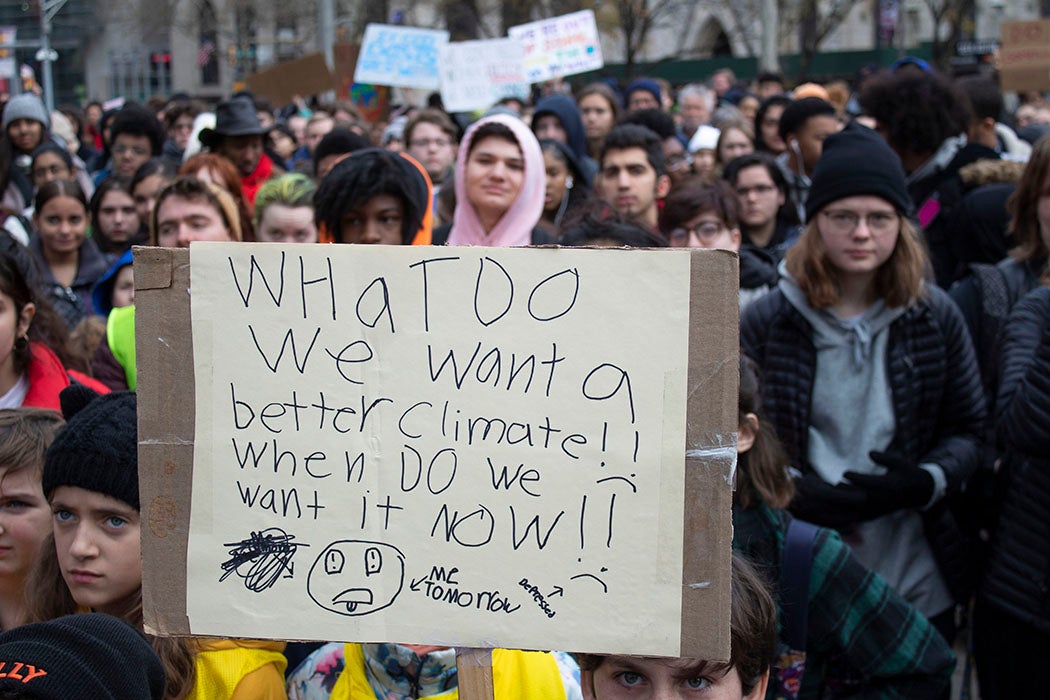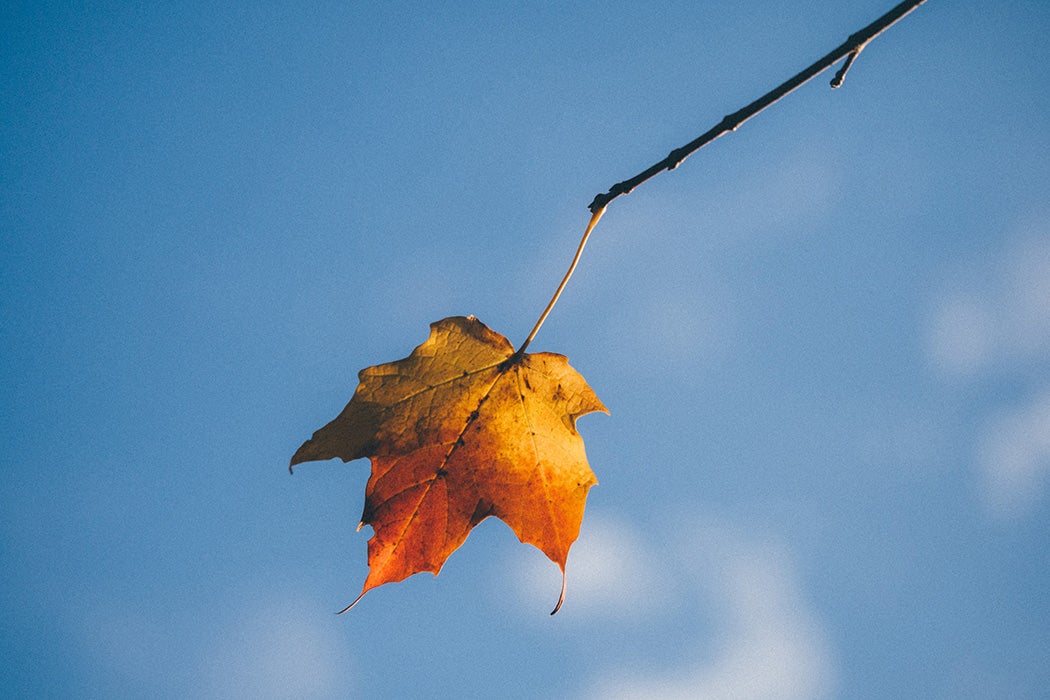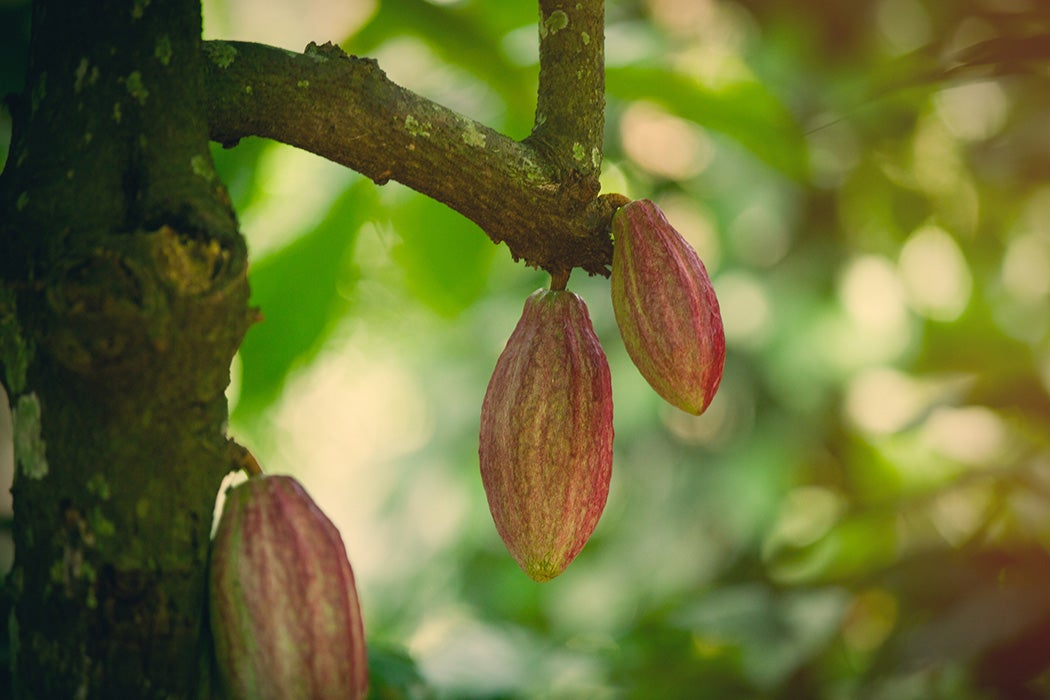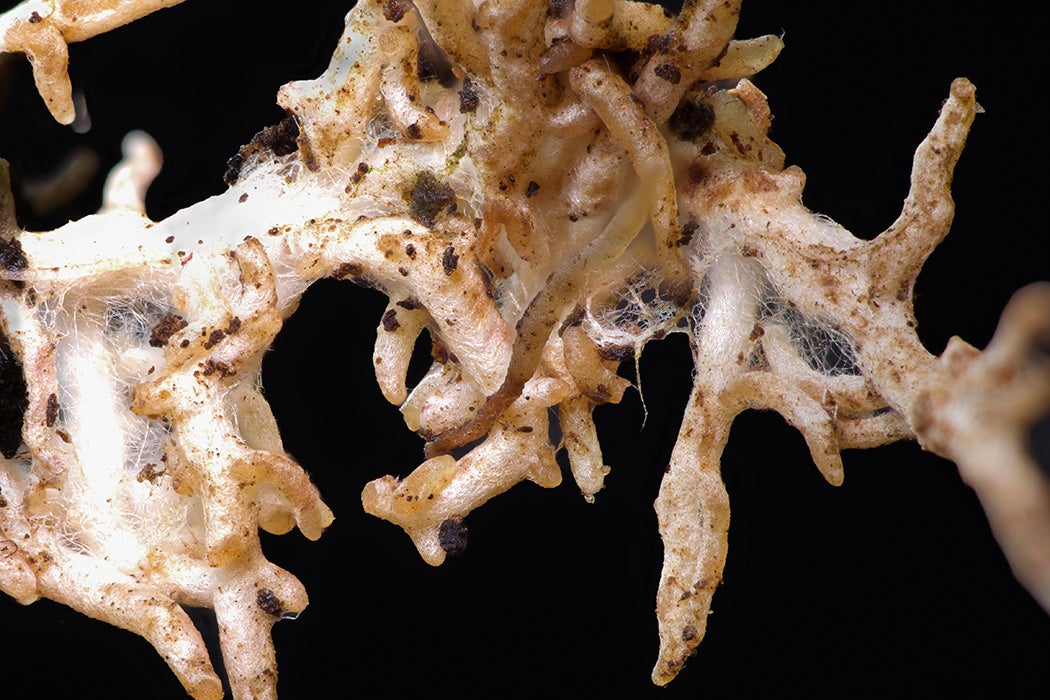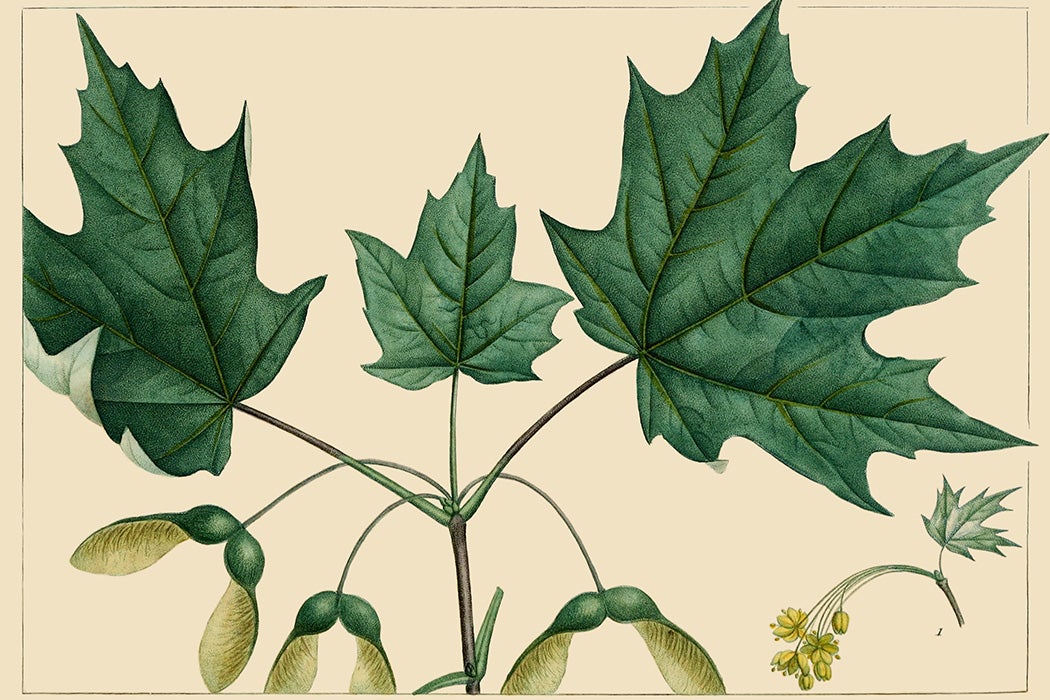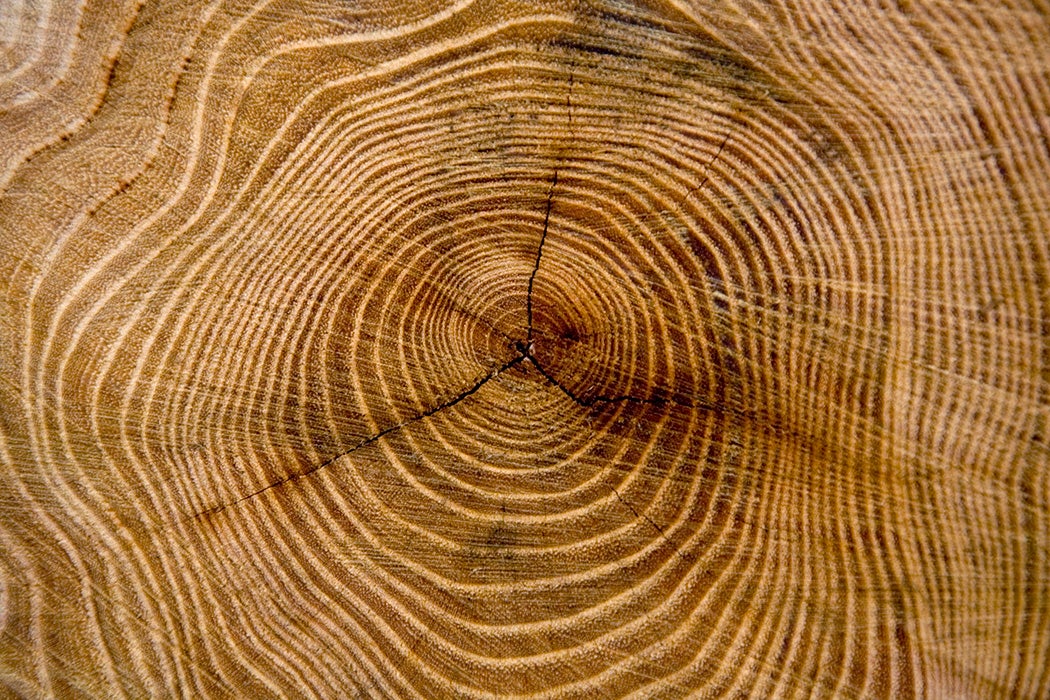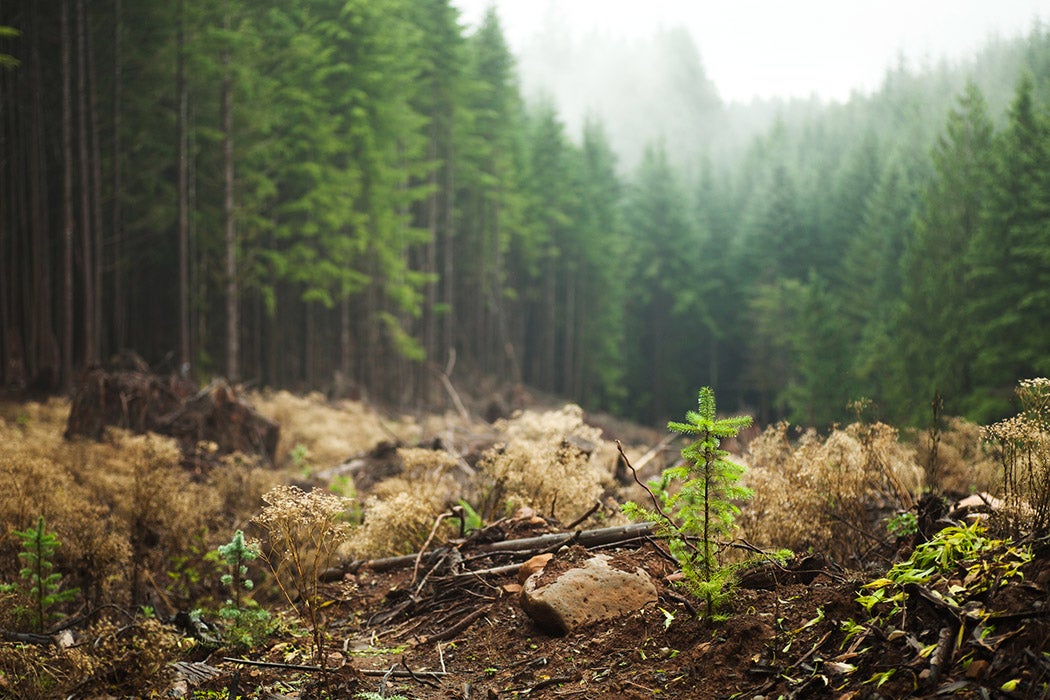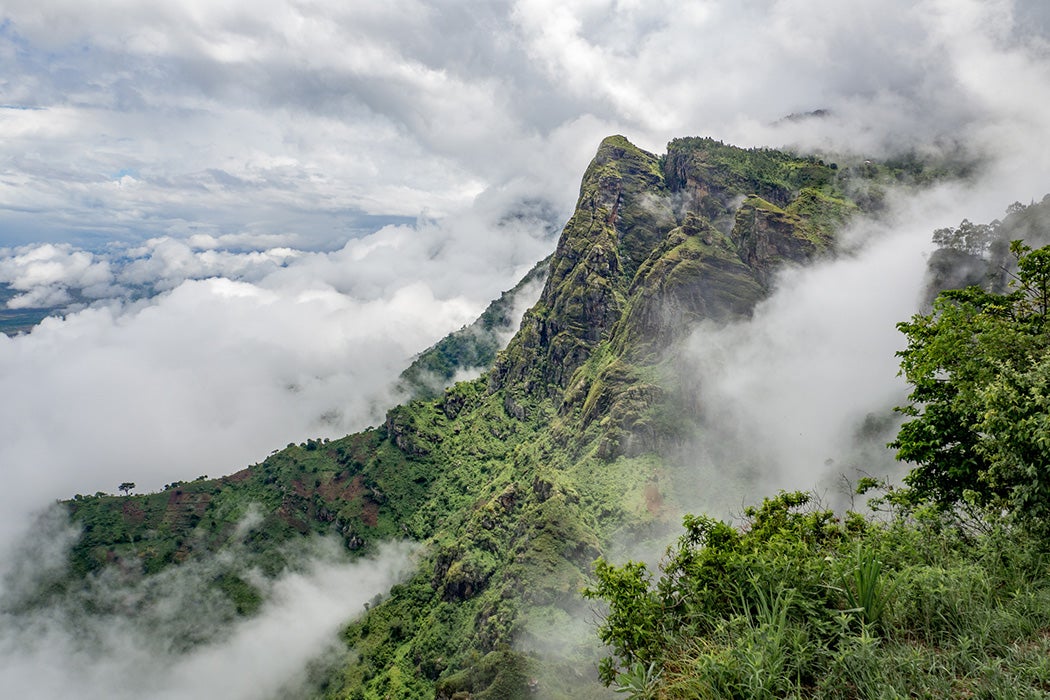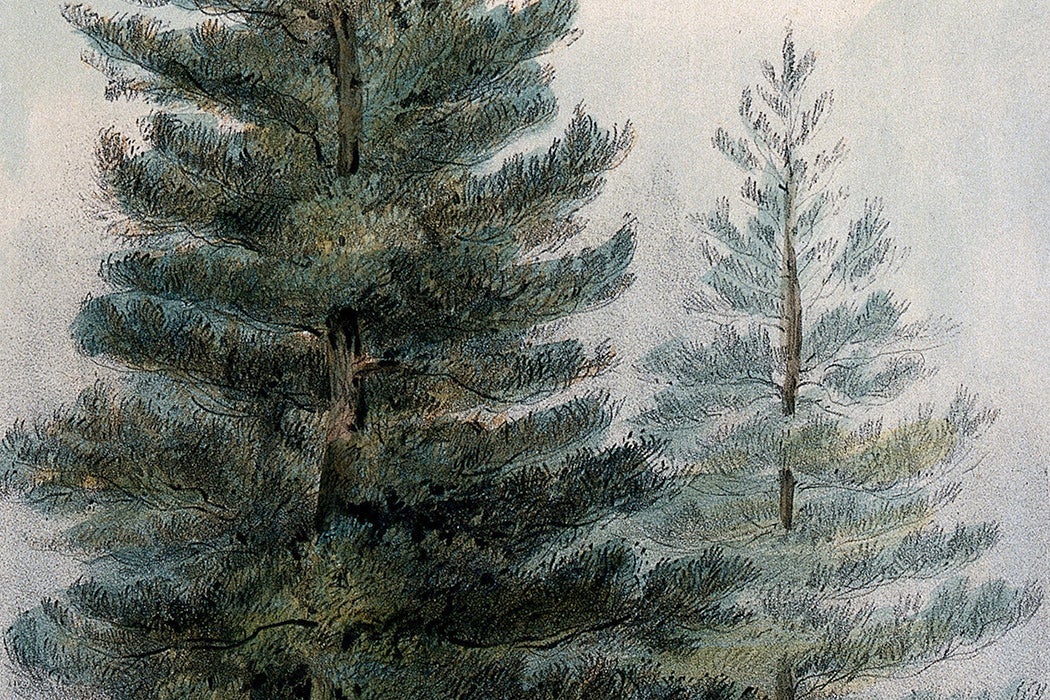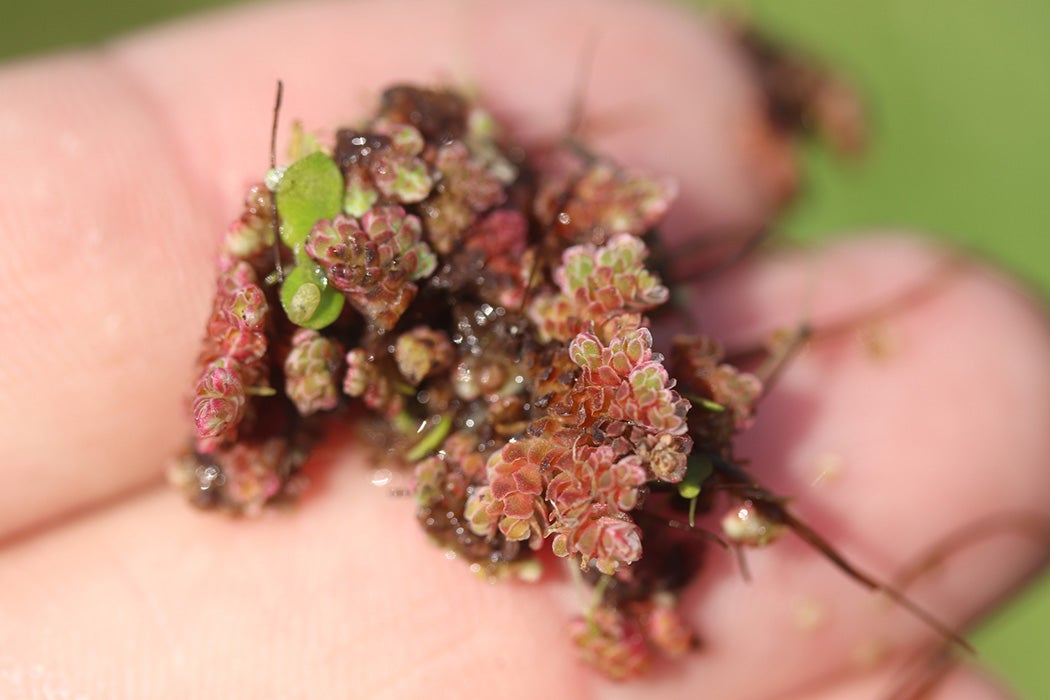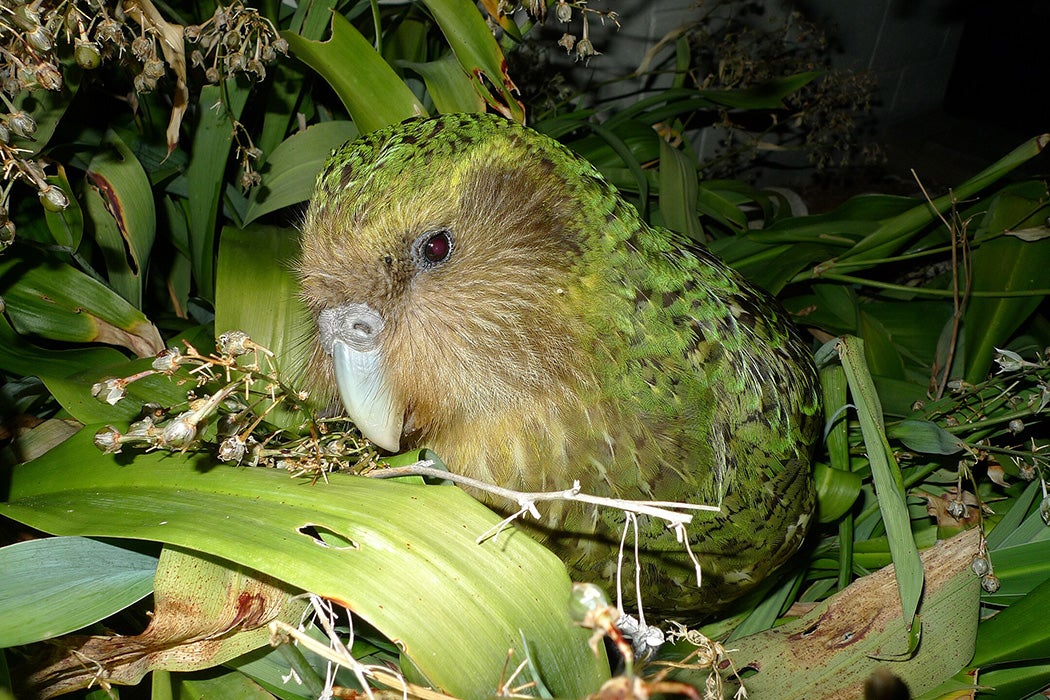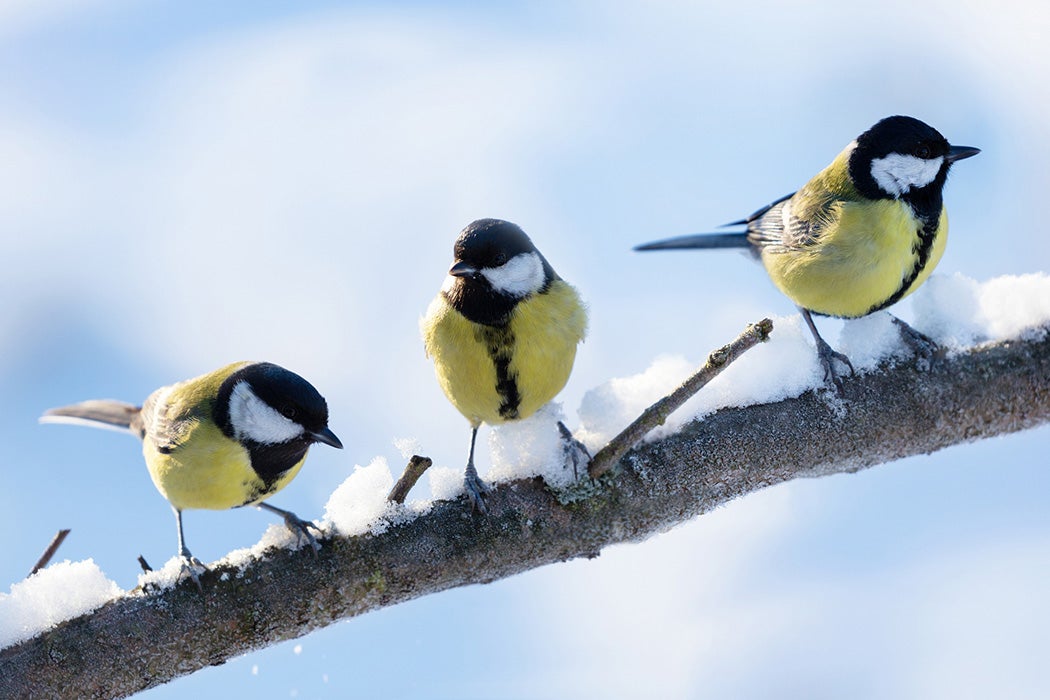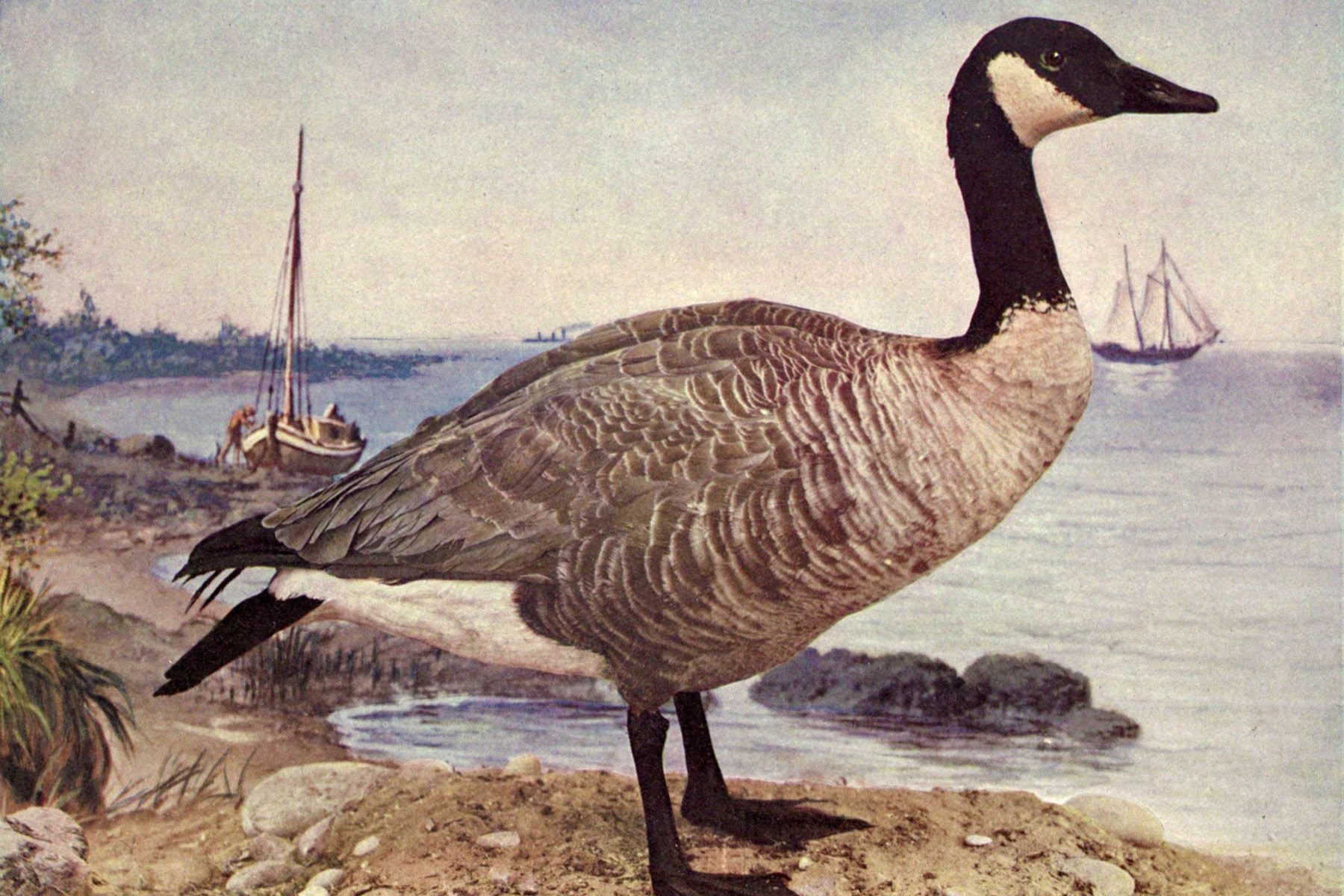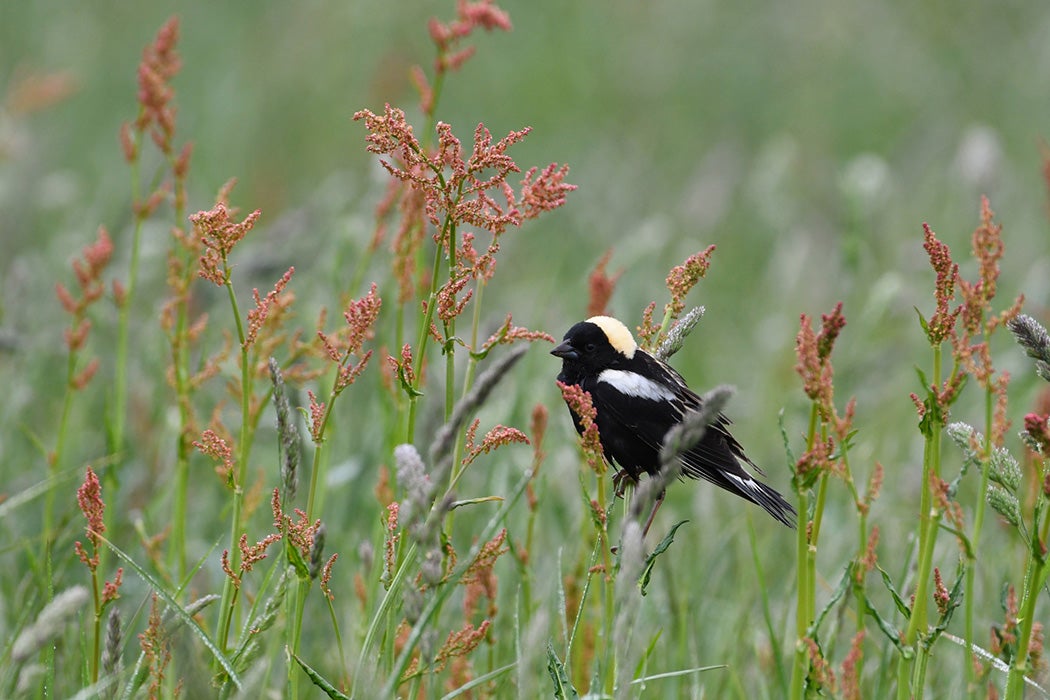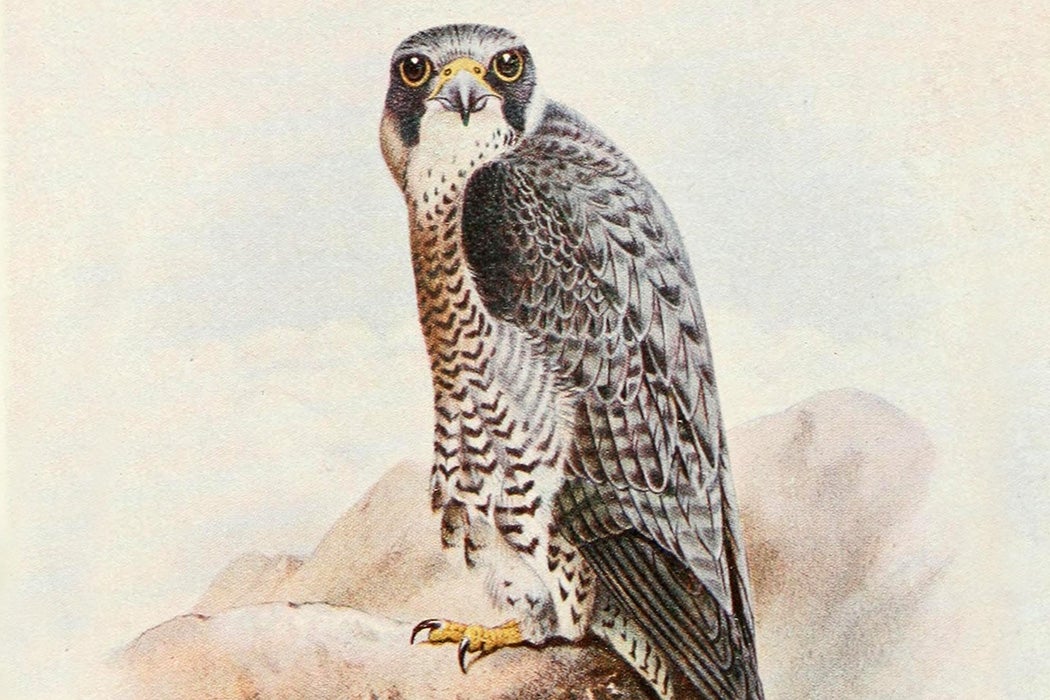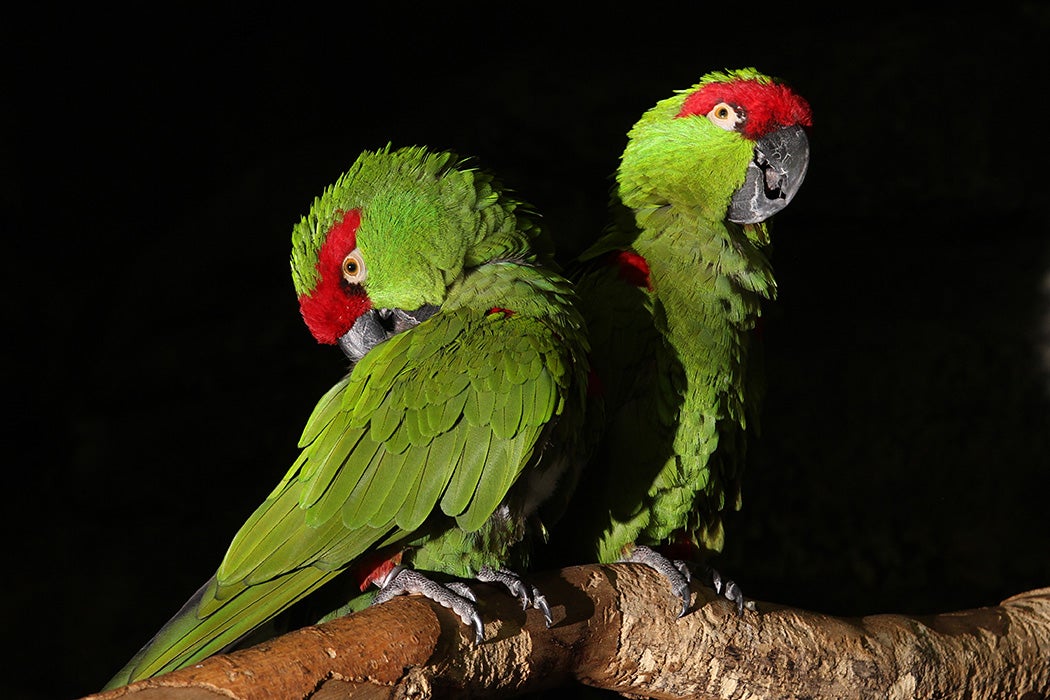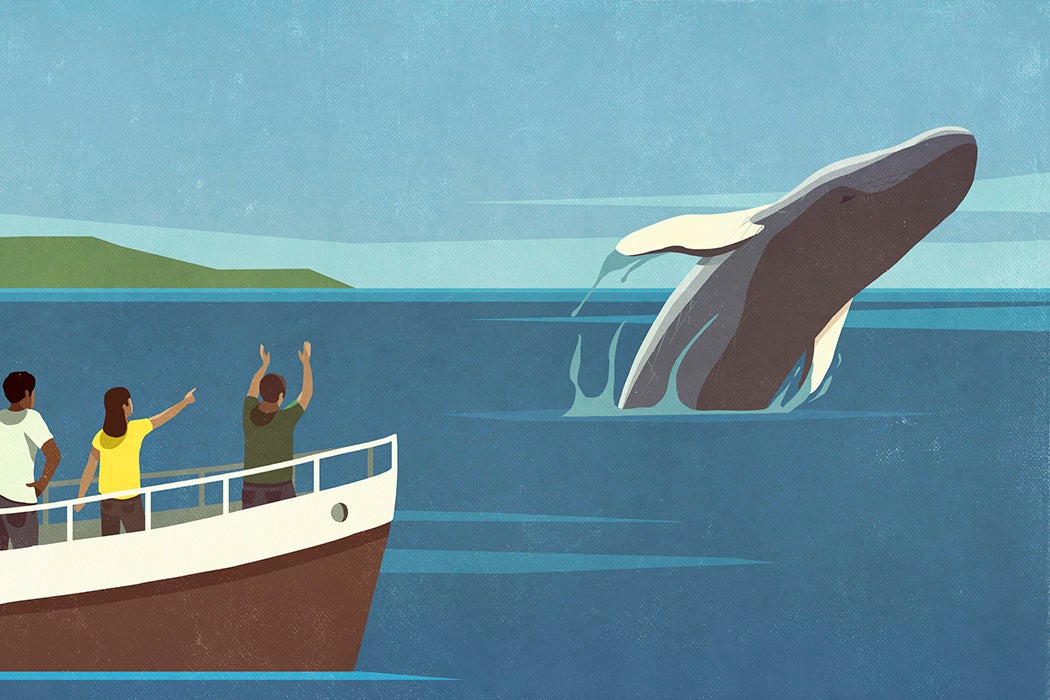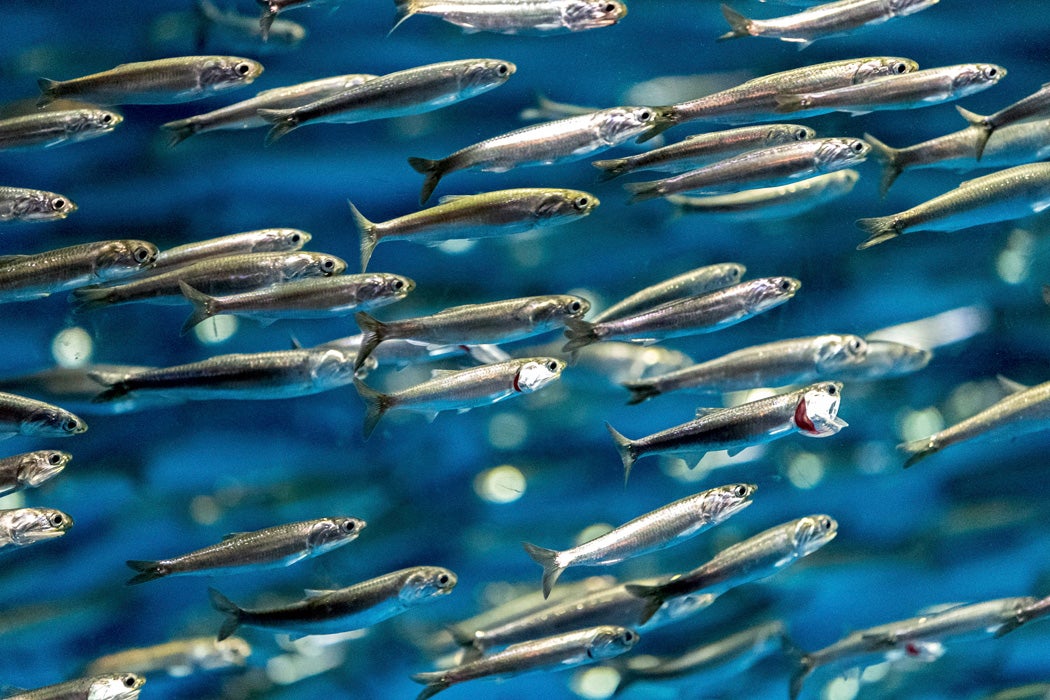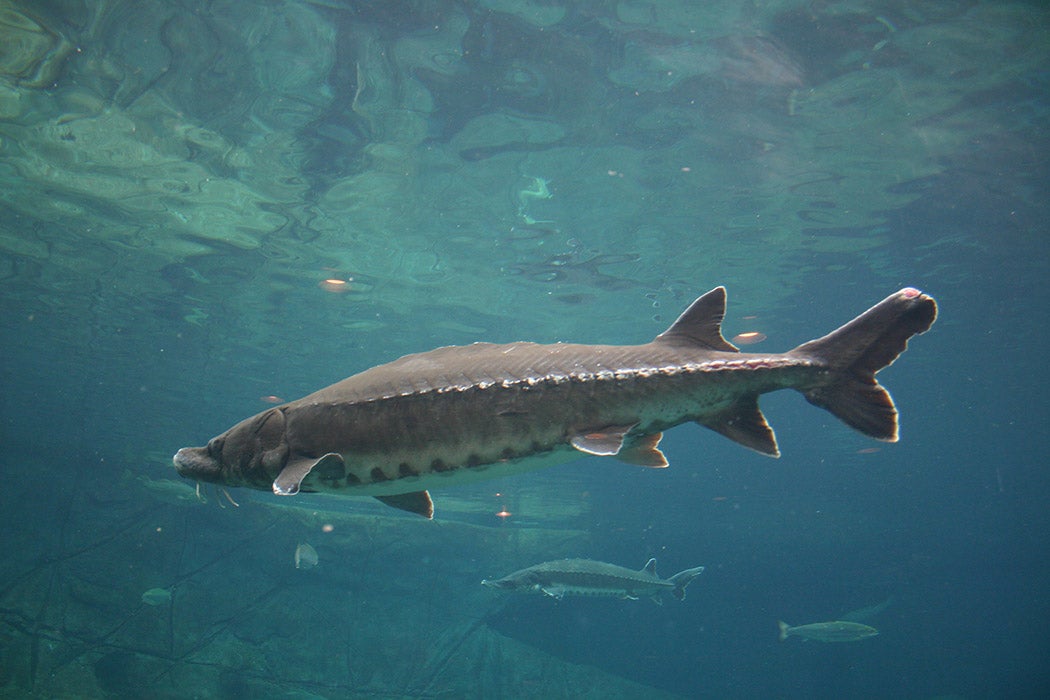The icon indicates free access to the linked research on JSTOR.
Earth Day, a day dedicated to environmental education and activism, is celebrated on April 22 in more than 190 countries. Since 1970, individuals and organizations have used the occasion to draw attention to interdependent issues affecting Earth’s ecosystems and their occupants, with concerns ranging from energy conservation and pollution to food waste and the effects of climate change. We’ve gathered some of our favorite JSTOR Daily stories that encompass the themes and history of Earth Day. We hope you find these valuable for planning your classroom or leisure reading. All the stories and the supporting academic research are free to access by all.


Past and Present
April 15, 2020
The first Earth Day took place fifty years ago, so most people don't remember how it happened or what it accomplished. It's time for a look back.
December 17, 2019
Today’s headlines make climate change seem like a recent discovery. But Eunice Newton Foote and others have been piecing it together for centuries.
September 14, 2022
West Germany’s “do no harm” approach to environmental protection—which became known as the precautionary principle—was revolutionary in its time.
April 22, 2023
Adopted by almost 200 parties at the 2015 UN Climate Change Conference, the Paris Agreement captures international ambitions for cooperative climate action.
March 3, 2023
The groundwork for the field of planetary health was laid by a range of disciplines and movements, including medicine, ecology, health, and feminism.
April 2, 2019
The Faroe Islands owe their untouched nature to their remote location and stormy climate. And to a weekend closure.
July 14, 2023
Environmental justice results from the equitable distribution of environmental benefits and harms through the restructuring of systems of oppression.
February 23, 2020
The radical environmentalist had a background in labor organizing and wanted to end the misogyny of the movement and the logging industry alike.
February 21, 2019
When Silent Spring was published, the response was overtly gendered. Rachel Carson's critics depicted her as hysterical, mystical, and witchy.
July 24, 2024
Some species go extinct obviously and fast, but just as often, the process can be hard to detect until it’s too late.
Waste and What to Do With It
April 11, 2025
Environmental historian Adam Rome considers the destructive history of fashion and style.
January 4, 2023
Sewage is a vital part of a circular economy—and we have the tech to make good use of it. Why don’t we?
April 11, 2022
Even when people think wasting food is bad, they tend to toss out as much (or more) food than they eat. Can that behavior be changed?
August 15, 2021
There are some clothes you hang on to, year after year, because they're durable and amazing.
November 18, 2019
In eighteenth century Japan, human excrement played a vital role in agriculture. Can similar solutions help manage waste today?
September 27, 2016
Americans dispose of about 12.8 million tons of textiles annually. Fashion has a major impact on the environment. So what is the industry doing about it?
Climate and Communication
March 19, 2025
A champion of agroforestry, J. Russell Smith argued for the restoration of forests as key to sustainable agriculture in his seminal work Tree Crops.
December 1, 2022
Environmentally oriented films from the classical era of Hollywood animation delivered powerful messages about the negative consequences of technological progress.
March 3, 2016
Bambi has had a pervasive influence on how Americans view nature, and that might not be such a good thing.
March 18, 2022
How climate change is represented in popular media allows us to avoid the complex, interconnected roles humans have played to create it.
November 30, 2022
Climate activist attacks on works by van Gogh, Vermeer, and other art world titans are the latest in a tradition of destruction that hearkens to the early Christian zealots.
February 7, 2018
How to energize people, work with business, and develop solution-focused rhetoric and strategy before it’s too late.
June 17, 2022
How can scientists better explain the potential hazards of sea-level rise to historic coastal communities?
March 4, 2021
To some, the idea that the Earth is warming seems incompatible with how they experience cold weather events.
July 10, 2019
While we’re losing biological diversity, we’re also losing linguistic and cultural diversity at the same time. This is no coincidence.
Water, Water Everywhere (and Nowhere)
April 2, 2022
As "megacities" grow in Africa and Asia, assuring residents long-term access to clean water may require a multidisciplinary approach.
October 8, 2019
Pushed by necessity, the country’s least sustainable region evolved to master its water use. As climate heats up, other cities may adopt similar tactics.
September 23, 2019
Proposed changes to the Clean Water Act would make it more difficult to define what bodies of waters are deemed worthy of protection.
August 13, 2021
For well over a century, engineers have proposed harnessing the ocean's tides for energy. But the idea hasn't seemed to register in many places.
November 1, 2021
Take southern California, for instance.
May 31, 2022
Twenty years ago, scholar W. D. Williams predicted the loss of salt lakes around the world.
No More Fun and Games
January 8, 2022
The effects of climate change are already being felt by some ski resorts, but filling in the slopes with artificial snow may not be a good solution.
September 25, 2018
Temperatures and droughts have spiked at much higher rates in parks than elsewhere.
November 6, 2018
The cradle of civilization may not support our civilization anymore.
October 29, 2019
Vintners may have to adjust their centuries-old traditions to keep the wines flowing
May 12, 2022
As problems caused by climate change become more acute, so too does the eco-anxiety of the world's youth.
October 21, 2021
A psychologist suggests ways of giving young people hope for the future of the planet—and themselves.
The Forest and the Trees
July 11, 2024
The idea of awarding legal personhood to nature has received renewed attention in the contemporary environmental justice movement, but much contention remains.
October 8, 2021
The brilliant hues of autumn are created by a variety of factors that shift year by year. A warming planet is already one of them.
August 31, 2021
The forecast has been bad for domesticated cacao. But some environments in Peru might hold the key to the future of the world's sweet tooth.
April 16, 2025
Out of sight, below the soil’s surface, fungi play a vital role in the existence and health of our forests, woodlands, jungles, and prairies.
March 28, 2025
With harvests dependent on the spring freeze-thaw cycle, the maple industry is seeking ways to mitigate damage wrought by a changing climate.
August 9, 2021
The forest's unique ecosystem protects the world's largest carbon sink—the Earth's permafrost layer. But for how much longer?
June 10, 2021
Inside the trunks of trees lies a wealth of data on climate that goes back generations.
July 20, 2022
While reforestation may help address the climate crisis, implementation requires long-term flexibility, careful listening, and an ability to compromise.
February 6, 2022
Deforestation in areas where residents hunt and gather food can lead to malnutrition, food insecurity, and greater forest loss.
March 9, 2021
The long-lived species' survivor genes are dispersed from the Yukon to southern California, meaning that it has a good chance of weathering climate change.
July 24, 2019
Scientists think that planting trees could reverse climate change, but planting trees isn't as simple as it sounds.
July 29, 2023
While war is an environmental as well as human disaster, readiness and preparation for armed conflict is more ambiguous ecologically.
November 22, 2024
One of the world’s tiniest fern species, Azolla filiculoides may be one of our greatest tools for lowering agricultural pollution and greenhouse gas emissions.
Our Feathered Friends
January 2, 2024
DNA sequencing, GPS tracking and tailored diets are slowly restoring the endangered kākāpō.
April 3, 2022
Temperature fluctuations throughout the years are affecting bird migration and mating, with sometimes violent results.
May 5, 2020
Recent changes to the Migratory Bird Treaty Act of 1918 leave birds vulnerable to industry, experts say.
July 15, 2021
Grassland birds, such as the prairie chicken, plover, and bobolink, need a complex environment of varying structure, area, and grass types.
October 24, 2019
How the proliferation of pesticides like DDT almost undid the Peregrine falcon.
January 14, 2020
But one hasn't been seen in the U.S. since 1995, not long after the end of the last reintroduction program.
March 2, 2016
Grassland-dwelling heath hen and prairie chicken populations across the country are in trouble. Loss of habitat continues to threaten their numbers.
And the Whales
September 6, 2022
Whale-watching cruises can negatively affect the behavior of cetaceans, depending on species, environment, and population.
May 10, 2021
Anthropogenic sounds have made it all the way down into the deepest place on Earth—Challenger Deep, in the Mariana Trench.
February 1, 2019
Offshore oil and gas exploration in the Atlantic Ocean will involve seismic blasts, which may be harmful to whales and marine mammals.
May 19, 2019
Small fish like herring and anchovies serve an important role in the ecosystem. If passed into law, a new act would protect these forage fish.
April 3, 2025
Ancient DNA reveals how the Chesapeake Bay population changed over centuries.
Editor’s Note: This page was updated April 22, 2025.



